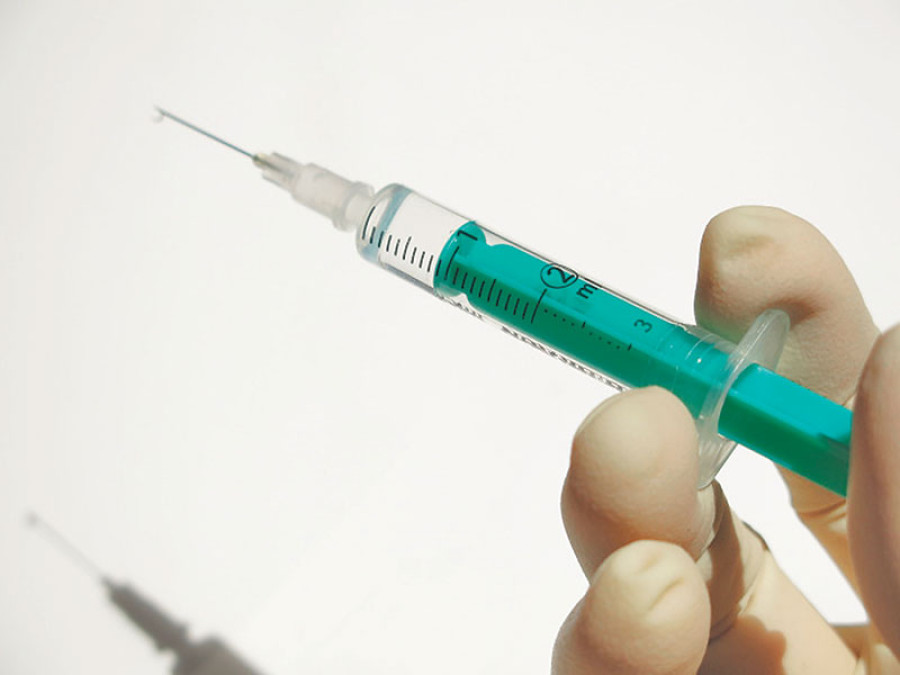Opinion
Safe enough?
Our reliance on results of animal testing can be dangerously misleading
Maneka Sanjay Gandhi
Millions of animals are torn open every year in laboratories because people—and those in government—feel safer knowing that almost everything that reaches us has been tested on animals before. The point is—does it make you safer? Imagine inventing a medicine for a bird. It is only tested on birds. Could it be given to a dog? Then why should a medicine tested on a rat be given to a human?
Trial and error
Humans differ from other animals anatomically, genetically and metabolically. When a drug, or other medical treatment is developed, it must be tested in an entire living system. Using another species is using the wrong system. These basic differences, when applied to an entire biological system become even greater. Even when genetically modified, there is no single animal model that can accurately mimic the complex human situation. Dr John McArdle, head of critical care in Hartford Hospital says: ‘Historically, vivisection has been much like a slot machine. If researchers pull the experimentation lever often enough, eventually some benefits will result by pure chance.’ Pre-clinical testing needs to be conducted in such a way that it eliminates the risk of species differences. How could drugs, or products, tried out on animal bodies possibly be predictors of their effect on human bodies?
Each year, more than 100 million animals—including mice, rats, frogs, dogs, cats, rabbits, hamsters, guinea pigs, monkeys, fish, and birds—are killed in just American laboratories for curiosity-driven experimentation, and chemical, drug, food, and cosmetics testing. Multiply this with every country including India, Nepal and Bangladesh.(India, by the way, has not got a single patent from any testing till date, nor discovered any cure to any disease. That doesn’t stop the government from earmarking 100 acres in Telengana to be used to grow animals for testing).
While scientists may gloss over their millions of failures, the factual history clearly shows that animal testing is not much more than a trial and error method. They have taught us close to nothing about how certain drugs interact with human bodies, and have led to two possible outcomes—either humans are exposed to dangers not predicted in animals, or we are left yearning for important medical breakthroughs because they do not pass at the stage of animal testing.
The stats from the American Federal Agency for Food and Drug Administration has officially stated that 90 percent drugs demonstrated to be successful in animal tests have failed at the stage of human trials. This means that despite animal tests, in almost all cases, humans have been exposed to drugs with huge potential risks to their health. This not only questions the efficacy and the fundamental argument for using animals, but critically raises the question about all the drugs that failed in animals which might have worked in humans. How many discarded cures exist that might have worked for cancer?
One of the well-remembered examples of this is the thalidomide disaster in the 1950s and ‘60s. Thalidomide was an over-the-counter drug that had been proven to be safe during animal testing and was marketed as a sleeping and anti-nausea pill. Within a year, thousands of babies (I personally know one victim in Delhi), delivered by women who had taken the drug, were born with severe defects such as missing or shortened limbs. These deformities were linked back to Thalidomide, and the drug was banned.
There are many such examples—Clioquinol, an anti-diarrheal drug was shown to be effective in rats, cats, dogs and rabbits, but caused blindness and paralysis when tried on humans; Methysergide, a medicine for headaches, caused the scarring of hearts, kidneys and abdominal blood vessels in humans despite having been demonstrably safe during animal tests. The list is endless.
On the other side of the coin, failed animal tests can also leave us bereft of potential discoveries leading to major medical progress. For example, positive pressure ventilation is an essential technique used to keep a patient’s lungs from collapsing during surgery. This technique was discarded initially as it had not worked on animals. When it was tried directly on humans it became a major scientific breakthrough.
The cage ball valve, used in heart surgery, has a similar story—it didn’t work on animals but works on humans. Albert Sabin, the inventor of the polio vaccine, publicly stated that work on the vaccine was long delayed because of misleading experimental models of the disease in monkeys.
Better alternatives
In fact, most major discoveries have come about without beingtested on animals. Heart pacemakers were never tested on monkeys. Similarly, cardiac catherisation for diagnostic purposes was only tested on a human body. Even the technique of bypass surgery was discovered by using a portion of a human’s vein to replace obstructed segments. The technique of cardiopulmonary resuscitation was devised by practicing on human cadavers. Anaesthesia was only first tried out on humans to show its success.
This is not to say that we should indiscriminately start testing on humans. There are new technologies that give far better predictive results than animal testing, such as microfluidic chips and microdosing. These techniques analyse the effects of drugs on an entire human living system, eliminating error caused by species differences, and resulting in data that is relevant to humans. Systematic reviews, conducted in the areas of toxicity testing and biomedical research, have shown that alternatives are far more predictive of human outcomes than data obtained from animals.
Terminally ill patients don’t care whether a cancer drug works on a mouse, or that some disease can be cured in another species. They need real cures based on real science—not misleading and antiquated animal experiments. According to the Scientific American magazine, “To the 2.6 million people around the world afflicted with multiple sclerosis, medicine has offered more frustration than comfort. Time after time, researchers have discovered new ways to cure laboratory rats of experimental induced encephalomyelitis, the murine model of MS, only to face obstacles in bringing the treatment to humans.”
Not only are the new techniques more accurate, they are much cheaper. However, despite available alternatives, the myth of the necessity of animal testing continues. Why are we wasting billions of rupees killing millions of animals in testing when it isn’t leading to any medical advancement? Whose money is it? Whose health is it?
To join the animal welfare movement contact [email protected], www.peopleforanimalsindia.org




 7.12°C Kathmandu
7.12°C Kathmandu










